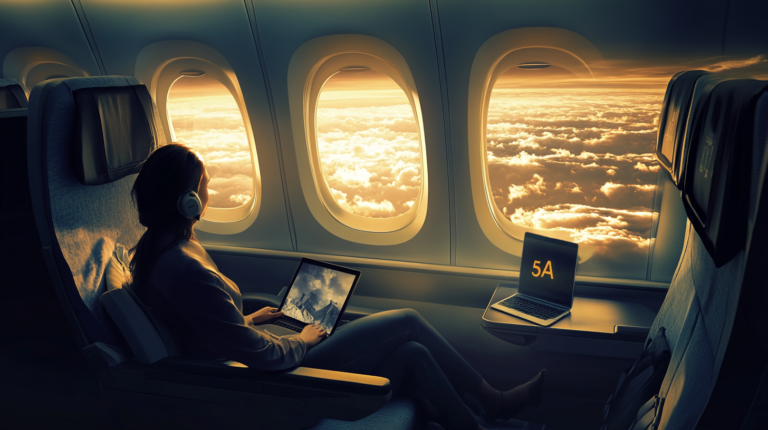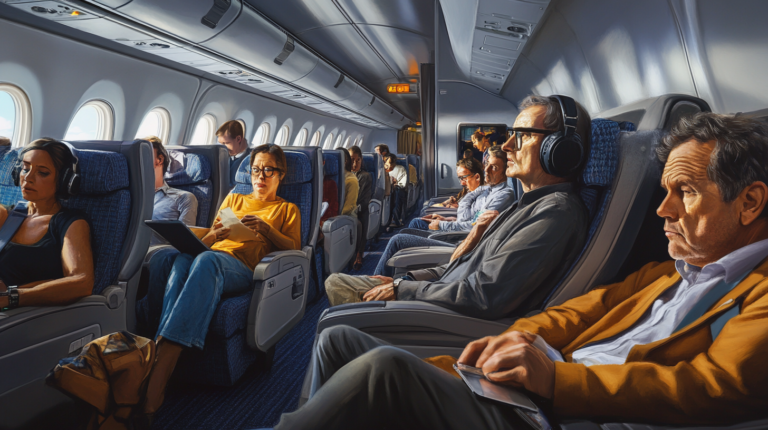Business Class vs First Class: A Comprehensive Guide to Premium Air Travel
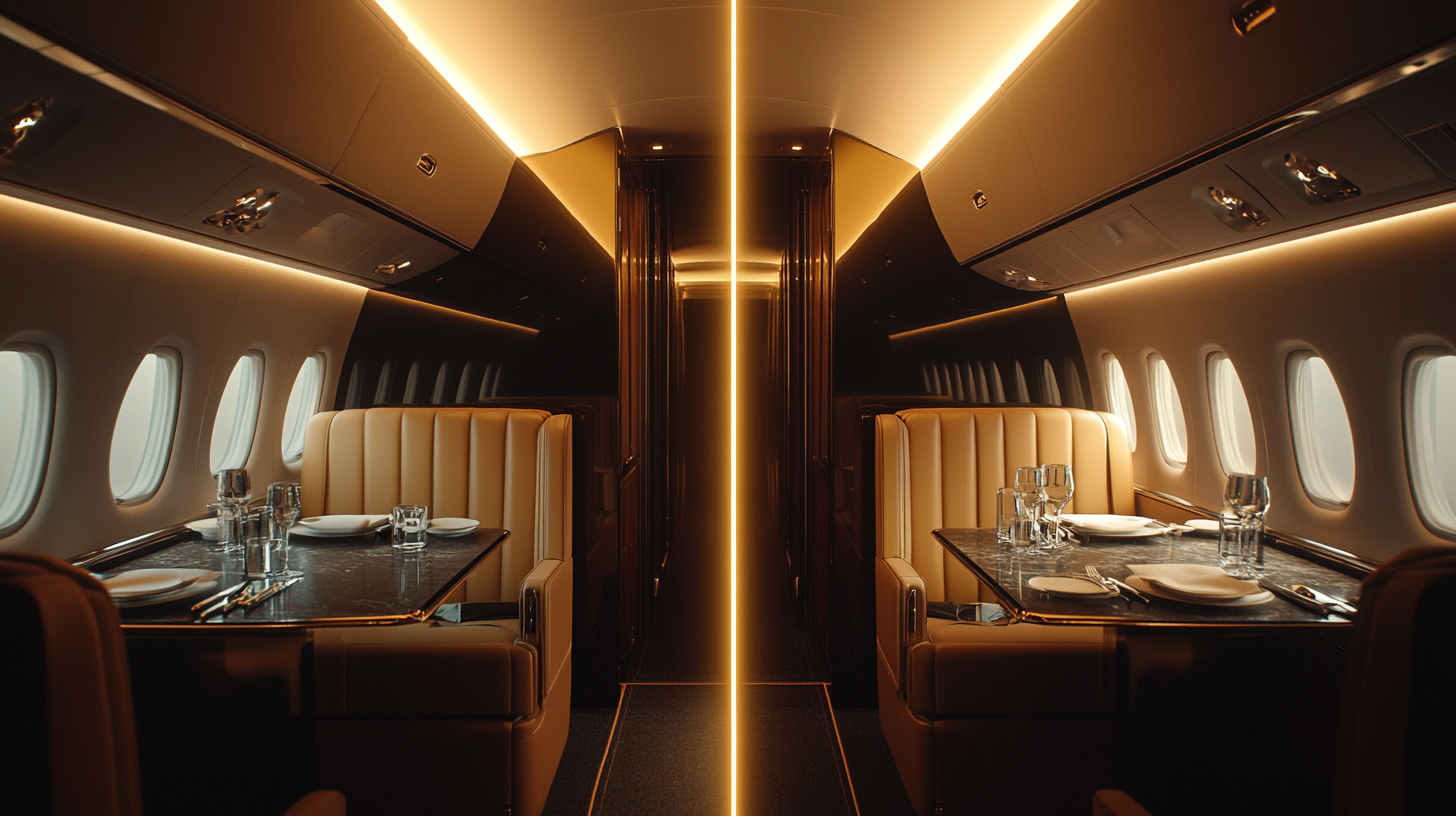
In the realm of modern air travel, the terms Business Class and First Class have become synonymous with unparalleled comfort, sophisticated luxury, and a sense of exclusivity that transforms flying from a mere necessity into a coveted experience. For the discerning traveler, understanding the subtle yet significant differences between these two premium classes is essential. However, distinguishing between them can be complex due to variations across airlines, routes, and regions. This comprehensive guide delves into the nuances of Business Class and First Class, unraveling the intricacies to help travelers navigate their options and make informed decisions about their next flight experience. A detailed comparison of Business Class and First Class features
The Evolution of Premium Air Travel
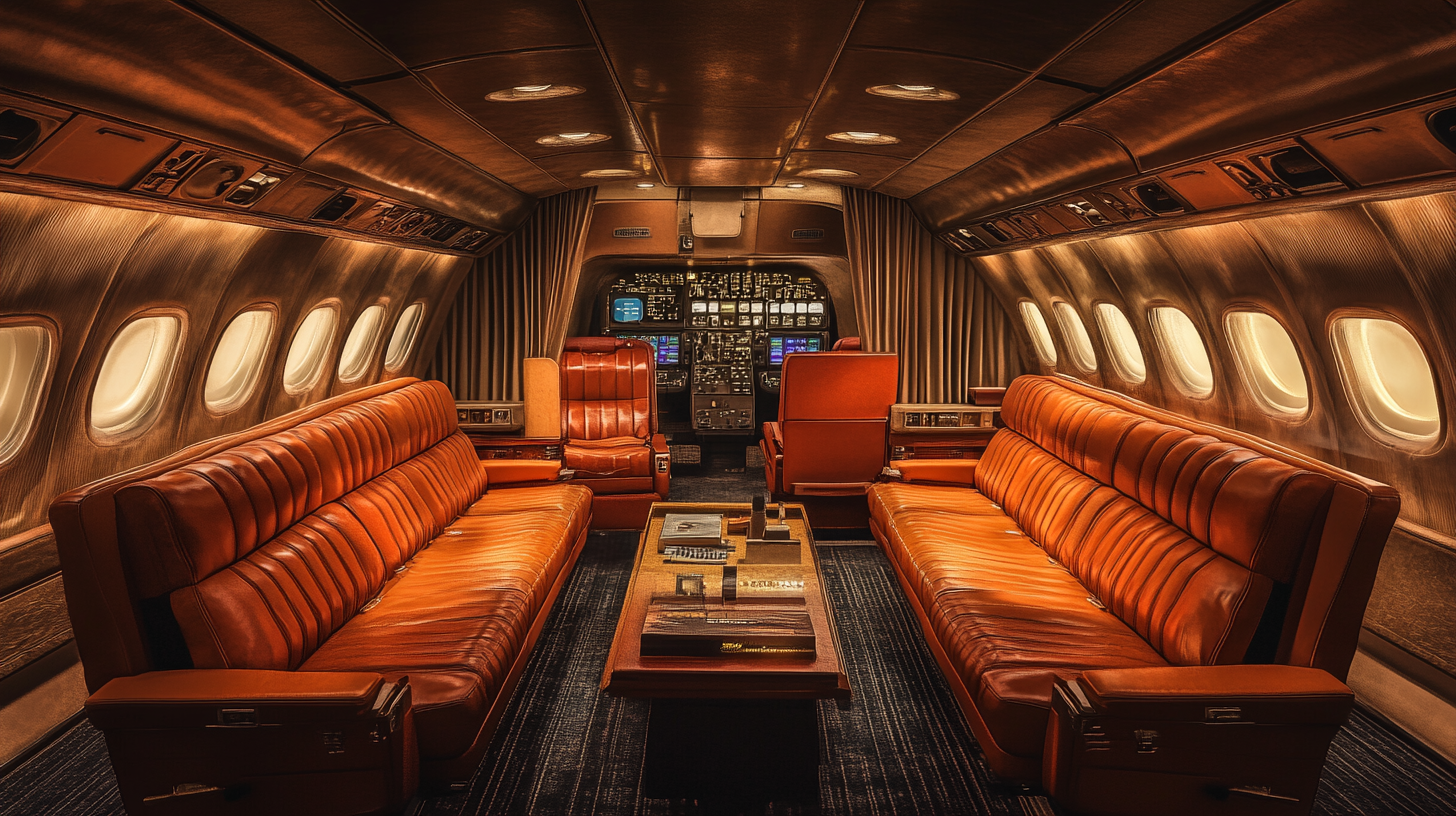
The concept of luxurious air travel dates back to the golden age of aviation in the 1950s, when Trans World Airlines (TWA) introduced a lavish First Class experience that captivated the imagination of travelers worldwide. Passengers dressed in their finest attire would board elegantly designed aircraft, anticipating not just a mode of transportation but an exquisite journey above the clouds. Following TWA’s lead, airlines like British Airways soon unveiled their own premium offerings with the Executive Cabin, enriching the travel experience with enhanced comfort and exclusivity.
The late 1970s marked a significant shift as airlines such as Qantas elevated the standards of luxury by integrating advanced seat designs and superior services. This era saw the emergence of personal entertainment systems and improved in-flight dining, setting new expectations for what premium air travel could entail.
In the 1990s and early 2000s, British Airways once again revolutionized the industry by pioneering the introduction of flat beds in both First and Business Class. This innovation transformed overnight flights, allowing passengers to arrive at their destinations well-rested—a game-changer for international travel. These advancements not only redefined passenger comfort but also spurred a competitive spirit among airlines to continually enhance their premium offerings. The history of luxury air travel innovations
Understanding the Differences
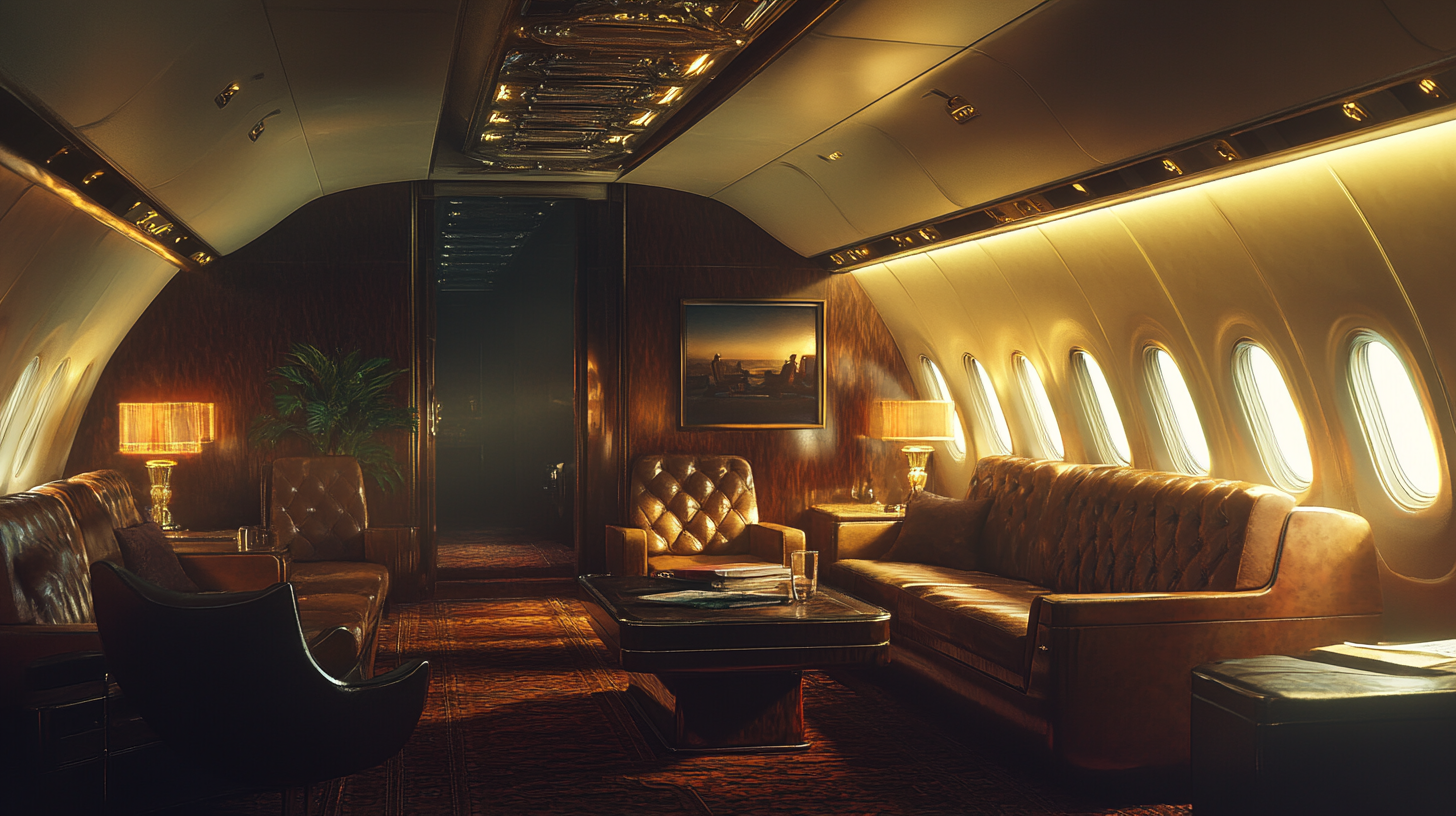
Service Quality and Personalized Attention
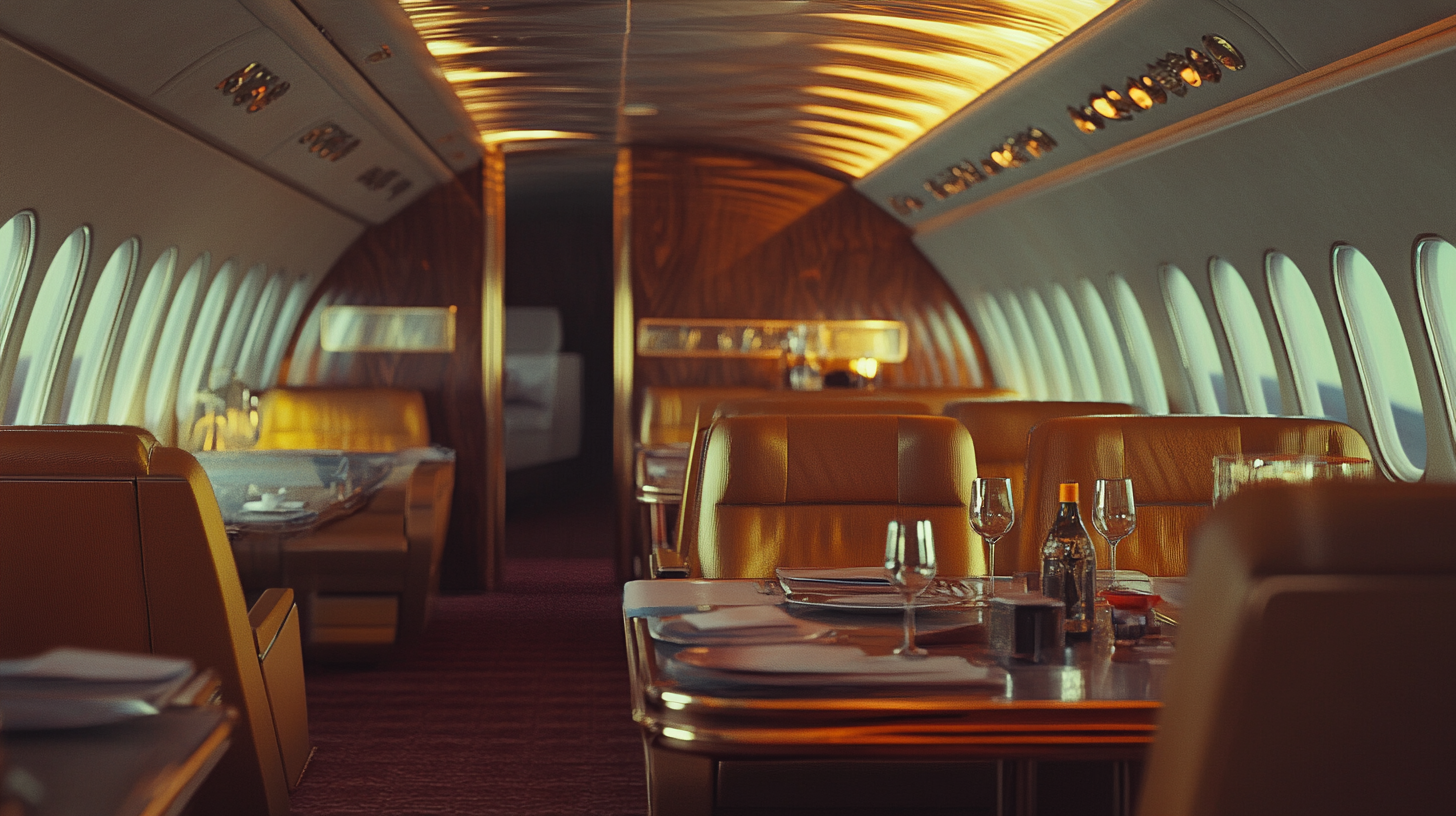
First Class offers an unparalleled level of personalized service that begins long before boarding and extends well after arrival. Travelers can expect highly attentive cabin crew who are dedicated to anticipating and fulfilling individual needs. With a higher staff-to-passenger ratio, First Class passengers receive tailored experiences such as personalized greetings, address by name, and bespoke amenities that cater to their specific preferences. For instance, if a passenger prefers a certain type of vintage wine or has dietary requirements, the airline may arrange for these details in advance.
In contrast, Business Class provides efficient and professional service with a focus on comfort and productivity. While the cabin crew is attentive and the service is courteous, the personalization level may be less extensive due to a larger number of passengers in the cabin. Business Class passengers still enjoy priority services and high-quality amenities but may not experience the same degree of individualized attention found in First Class. This distinction is particularly evident on airlines where First Class passengers have dedicated flight attendants solely serving their cabin. The impact of cabin crew ratios on passenger experience
Seating and Comfort
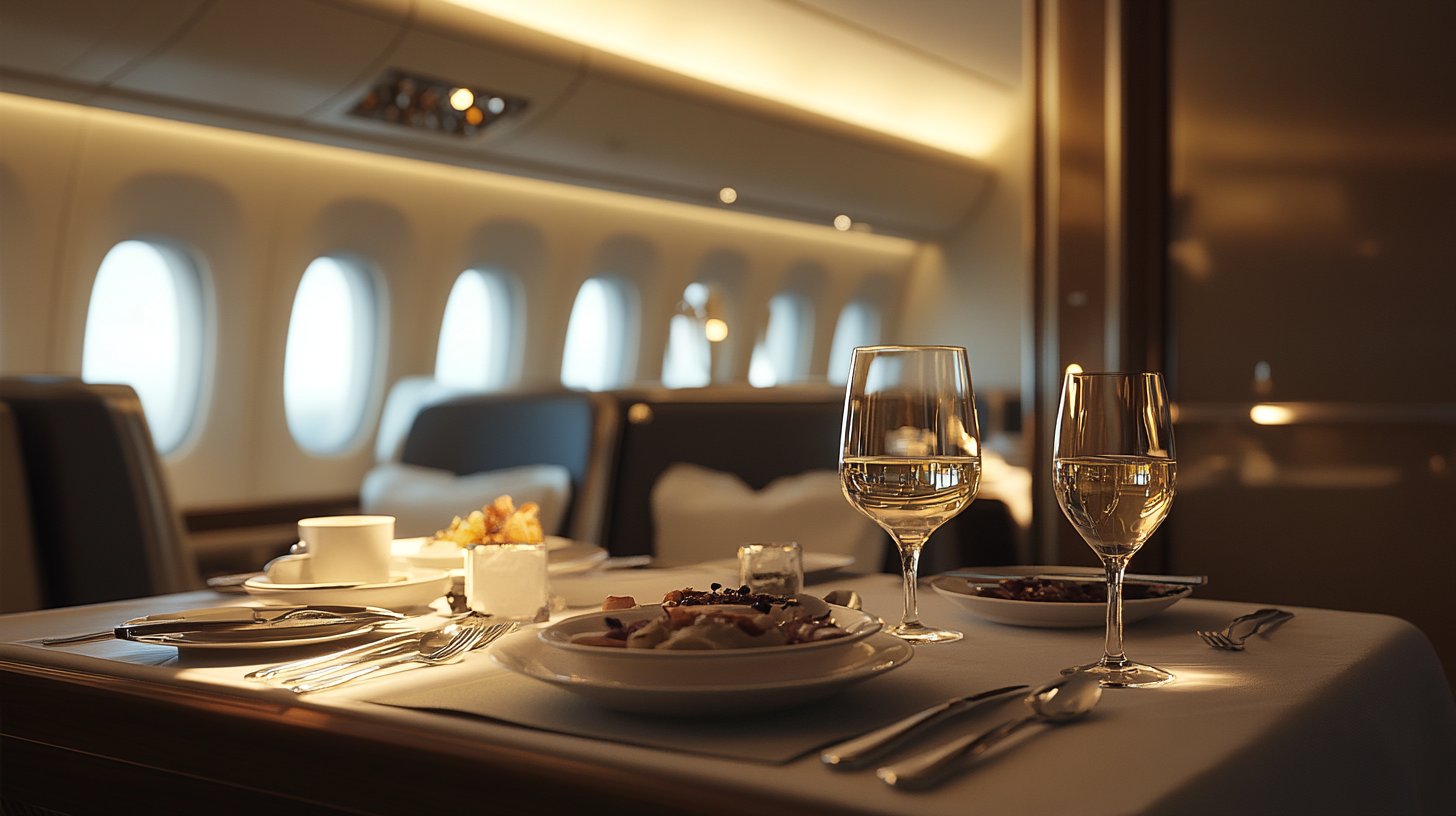
First Class Seating: In First Class, passengers are ushered into a realm of opulence where seats are not merely seats but private sanctuaries in the sky. These spacious suites often come equipped with sliding doors or curtains that provide an unparalleled level of privacy, allowing travelers to retreat into their own personal space. The seats convert into fully lie-flat beds adorned with premium bedding, including high-thread-count linens, plush duvets, and luxurious pillows that rival five-star hotel accommodations. Some airlines elevate the experience further by offering exclusive amenities such as in-suite wardrobes, personal minibars, and even onboard showers and spa facilities. For example, Emirates’ A380 First Class features shower spas, enabling passengers to freshen up during long-haul flights and arrive at their destination rejuvenated. First Class suite amenities that redefine luxury travel
Business Class Seating: Business Class seats are meticulously designed to balance comfort and productivity, catering to both the business traveler and the leisure passenger seeking a serene flight experience. The seating arrangements often feature lie-flat beds, which, while comfortable, may be slightly narrower than those in First Class. Ample workspace is provided, with large tables and easy access to power outlets, enabling passengers to work efficiently during the flight. The cabin layout emphasizes functionality with a touch of elegance but generally offers less privacy compared to the enclosed suites of First Class. Innovative designs such as the staggered or herringbone seating configurations enhance personal space but may not completely isolate passengers from their neighbors. The evolution of Business Class seat design
Dining and Amenities
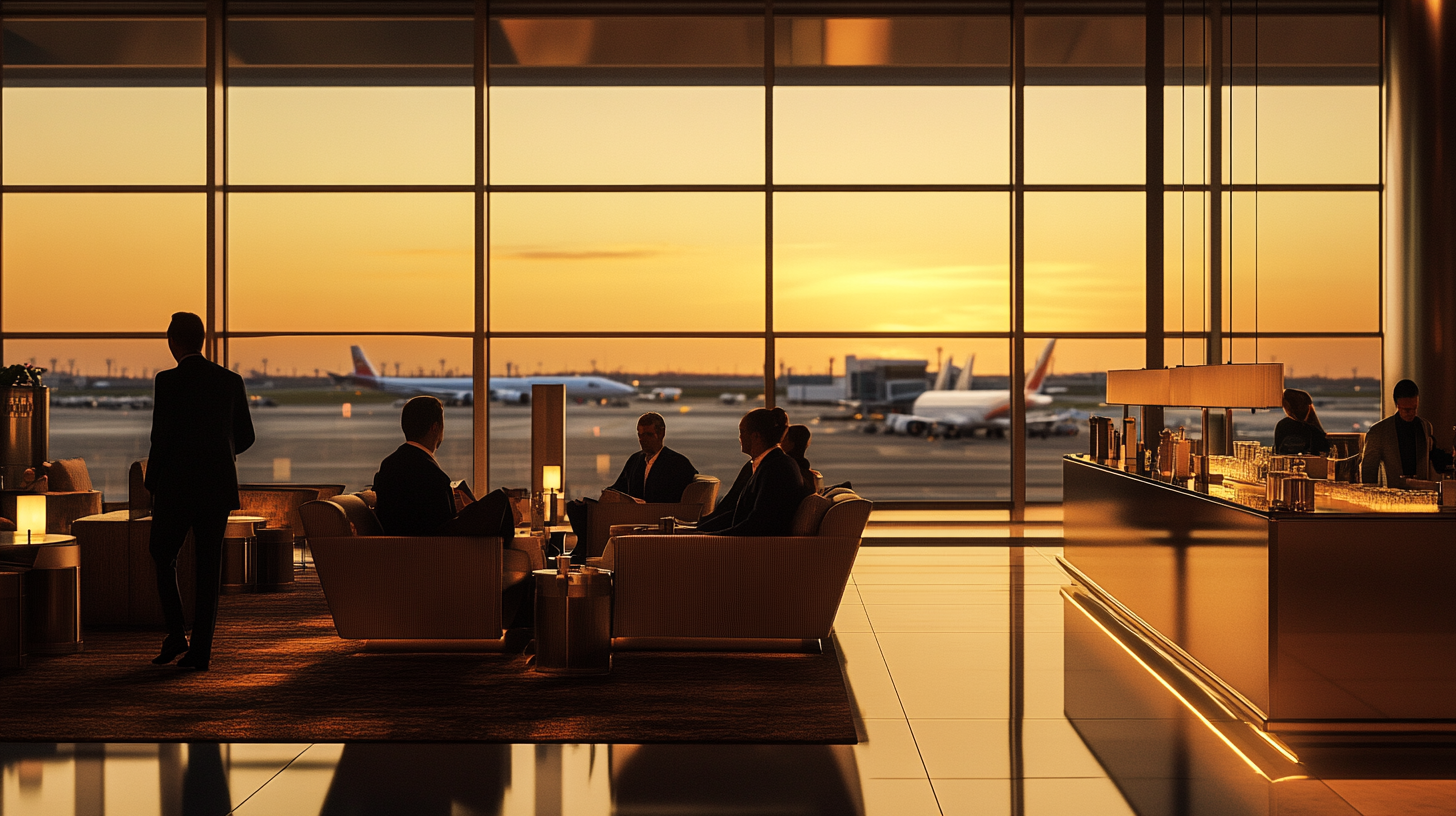
First Class Dining: First Class passengers embark on a culinary journey that rivals the finest restaurants. The dining experience is meticulously curated by renowned chefs, offering à la carte menus that feature gourmet dishes crafted from the freshest ingredients. Meals are served on exquisite tableware, often with fine china, crystal glassware, and linen tablecloths, elevating the in-flight dining to an art form. An extensive selection of fine wines, including rare vintages and champagne, is available, along with top-shelf spirits and handcrafted cocktails. Some airlines, like Singapore Airlines, offer the “Book the Cook” service, allowing First Class passengers to pre-order their meals from a premium selection prior to departure. The presentation is elaborate, and meal times are flexible to suit the passenger’s schedule, providing a truly personalized dining experience. Gourmet in-flight dining experiences in First Class
Business Class Dining: In Business Class, passengers enjoy high-quality meals that are both delicious and satisfying. While the menu may offer fewer choices compared to First Class, the dishes are thoughtfully prepared and presented with attention to detail. Meals are typically served in courses, and passengers may have the option to select from a range of entrées, including vegetarian and special dietary options. The wine and beverage selection is still impressive, featuring a variety of international wines and spirits. Although the presentation may be less elaborate, the overall dining experience in Business Class remains a significant step above Economy Class, contributing to a comfortable and enjoyable flight. Comparing Business Class dining across airlines
Ground Services and Lounge Access
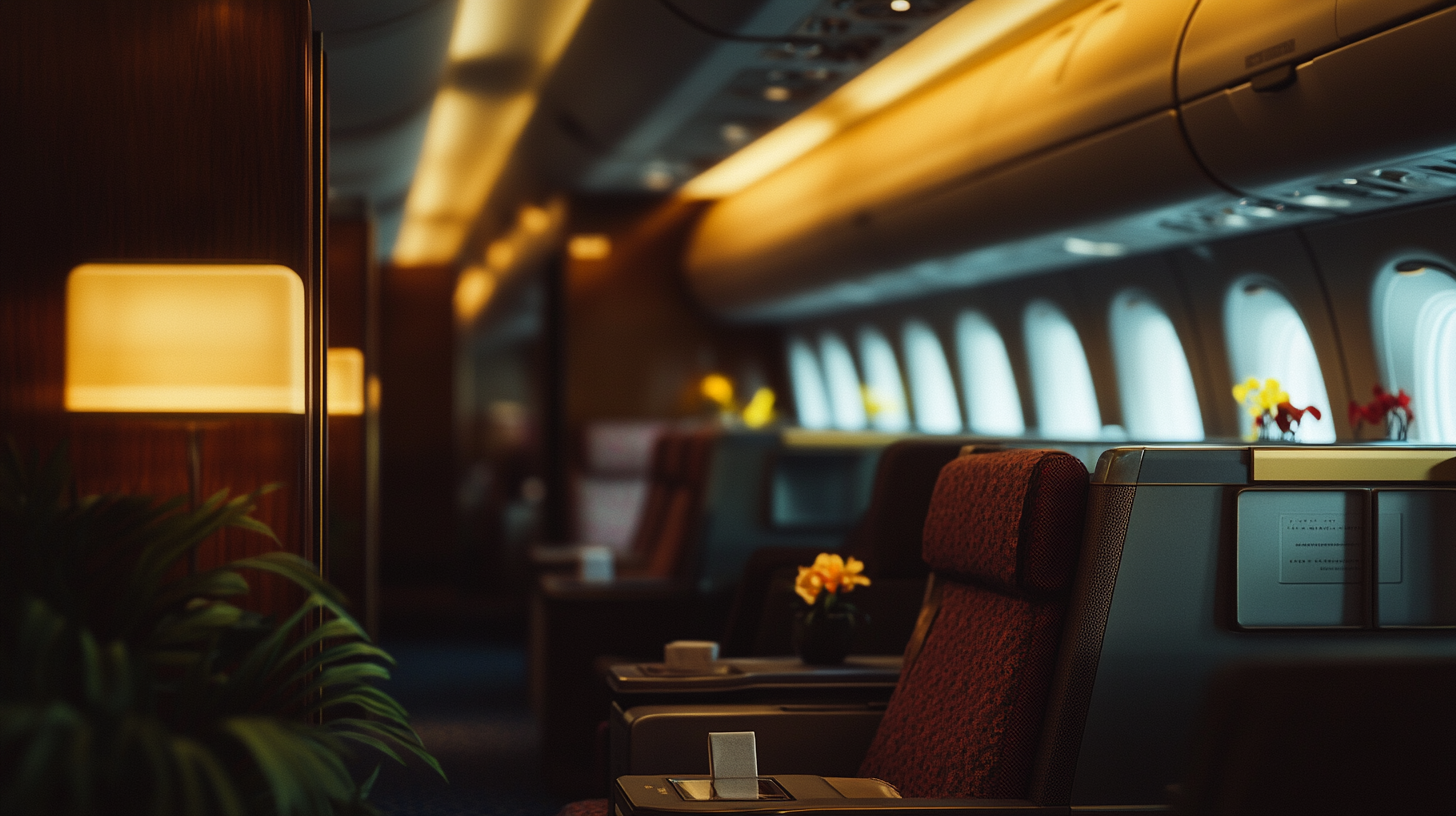
First Class Lounges: First Class travelers enjoy access to some of the most exclusive and luxurious airport lounges in the world. These sanctuaries provide a serene environment away from the bustling terminals, offering a range of premium amenities designed to enhance the pre-flight experience. Amenities often include private suites or quiet rooms for relaxation, à la carte gourmet dining prepared by top chefs, and personalized service from dedicated staff. Many First Class lounges also feature spa facilities, including massage services, beauty treatments, and shower suites, allowing passengers to unwind before their journey. Additionally, services such as private security lanes and direct boarding from the lounge are common. For instance, the Emirates First Class Lounge in Dubai spans an entire floor, offering a wine cellar, cigar lounge, luxury shopping boutiques, and even a dedicated duty-free shopping area exclusively for First Class passengers. Exclusive amenities in top First Class airport lounges
Business Class Lounges: Business Class lounges provide a comfortable and efficient space for travelers to relax or work before their flight. These lounges offer amenities such as complimentary snacks and beverages, including alcoholic drinks, comfortable seating areas, business centers with computers and printers, and free Wi-Fi access. While these lounges are less exclusive than First Class lounges and may experience higher foot traffic due to a larger number of eligible passengers, they still offer a significant upgrade from the public waiting areas. Some Business Class lounges also provide shower facilities and quiet zones, contributing to a pleasant pre-flight environment. The benefits of Business Class lounge access
Regional Variations and Airline Differences
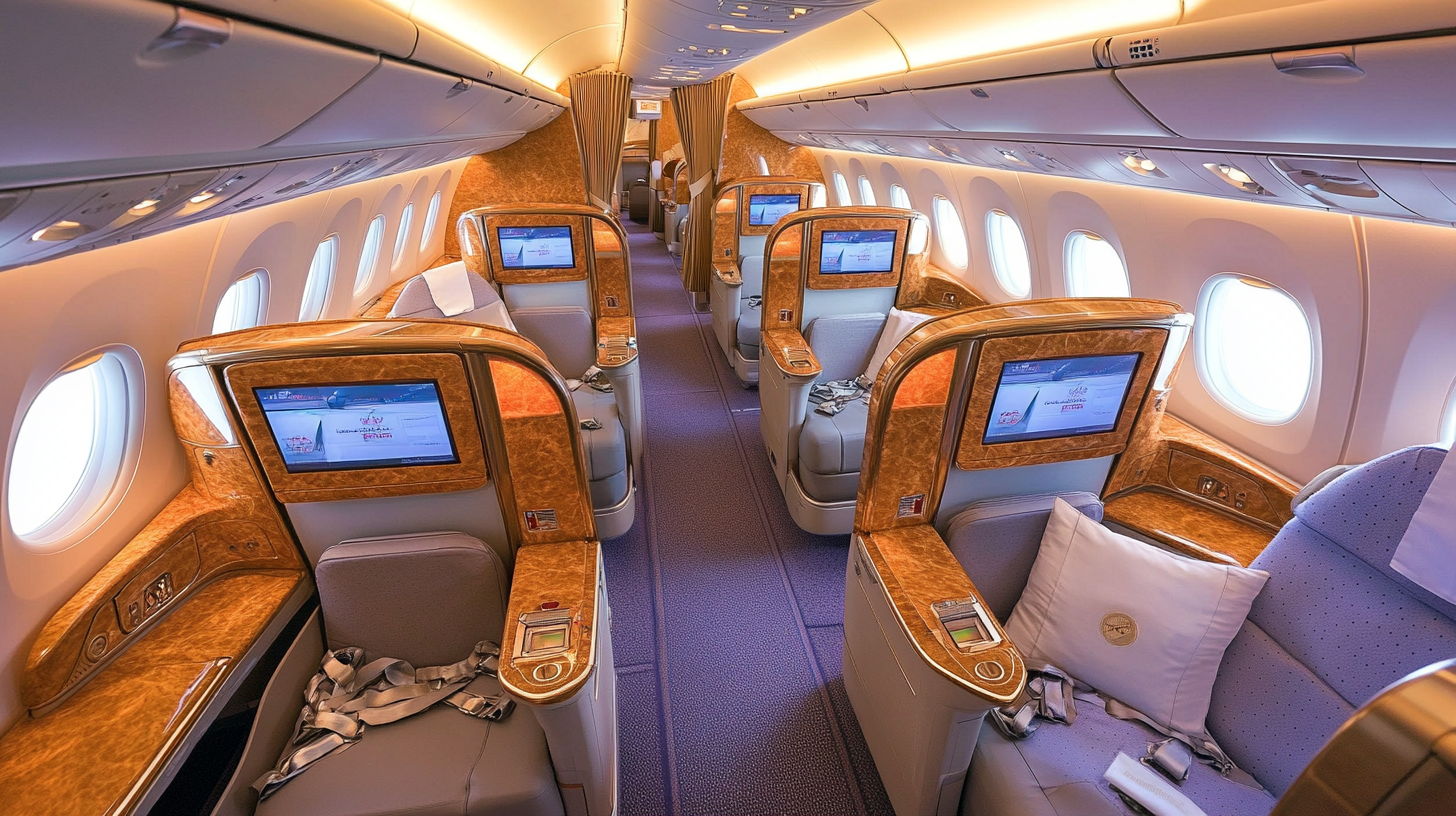
The distinction between Business and First Class varies significantly across regions and airlines, leading to a spectrum of experiences under the same class names. In the United States, domestic First Class often refers to the premium cabin on flights, which typically offers wider seats, more legroom, and enhanced service compared to Economy Class. However, this level of service may not reach the opulence of international First Class offerings. U.S. airlines generally reserve their most premium amenities for international routes, where even then, Business Class is often the highest cabin available, featuring lie-flat seats and upgraded dining but lacking a separate First Class cabin.
Contrastingly, international airlines, particularly those based in Asia and the Middle East, maintain a clear separation between Business and First Class on long-haul flights. Airlines like Singapore Airlines, Emirates, and Etihad Airways offer opulent First Class experiences that rival private jet travel. Features include fully enclosed suites, personal minibars, on-demand dining, and even in-flight showers and lounges. These airlines focus on delivering an exceptional level of luxury and personalized service that appeals to high-net-worth individuals and those seeking the utmost in premium air travel. Such differences highlight the importance of researching specific airlines and routes when choosing between Business and First Class. How airline and regional differences affect premium cabin choices
Cost Considerations and Accessibility
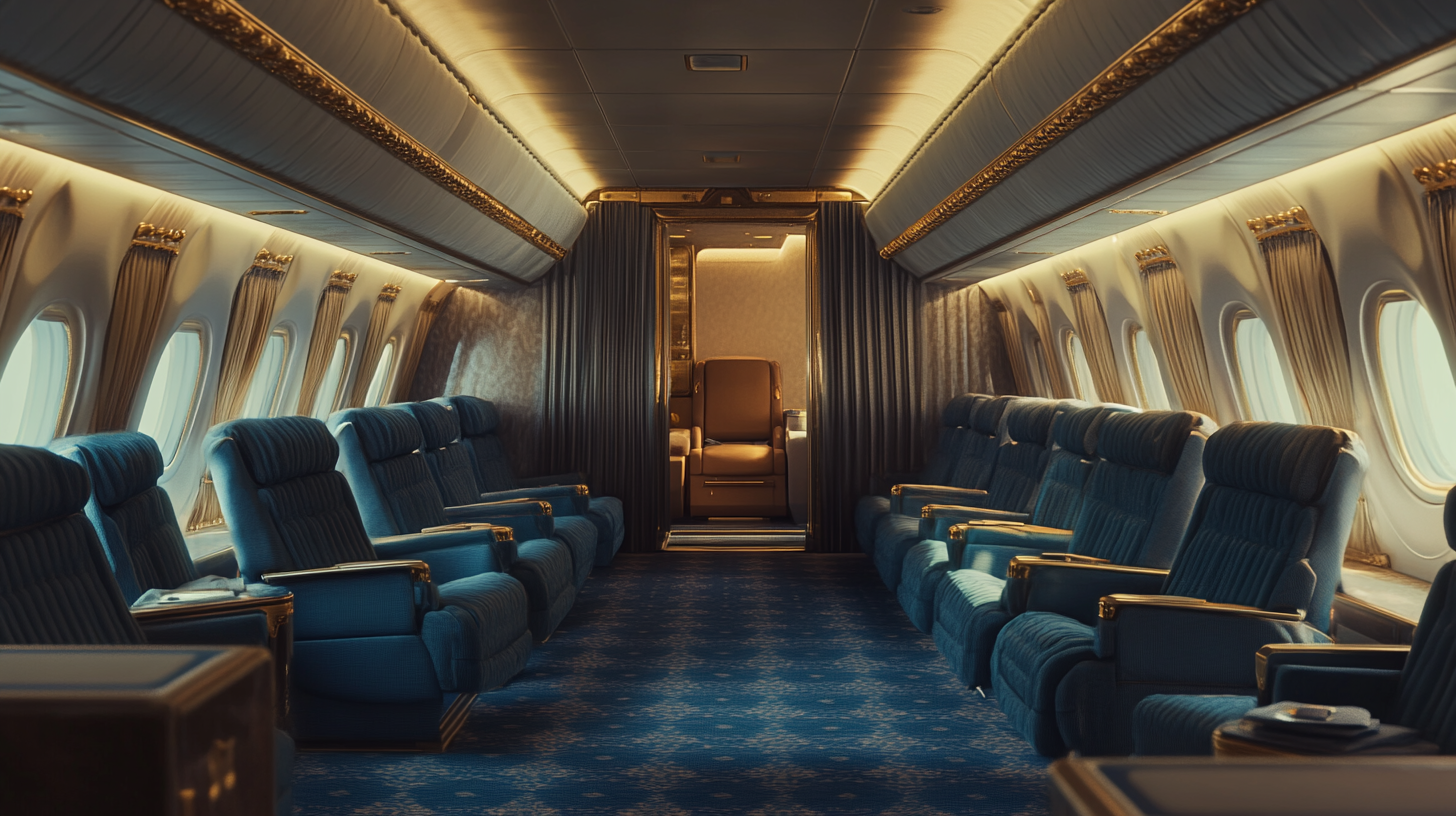
The price difference between Business and First Class can be substantial, with First Class fares often costing several times more than Business Class tickets. This significant gap reflects the exclusivity, personalized service, and superior amenities that First Class provides. For many travelers, the decision hinges on whether the additional cost translates into proportional value for their specific needs and preferences.
For travelers seeking luxury and comfort without incurring the exorbitant cost of First Class, Business Class presents a practical and appealing alternative. Business Class offers a high level of comfort, including lie-flat seats, premium dining, and enhanced service, making long-haul flights considerably more pleasant compared to Economy Class. The accessibility of Business Class is further enhanced by corporate travel policies that often permit business travelers to book these cabins for international flights.
Additionally, some airlines offer opportunities to bridge the gap between classes through upgrades. Frequent flyer programs allow passengers to use accumulated miles to upgrade from Business to First Class. Airlines may also offer cash upgrades at check-in or allow passengers to bid for upgrades prior to departure. These options can make First Class more accessible to those who might not have considered it at full fare, providing an opportunity to experience the pinnacle of commercial air travel. Maximizing airline miles for premium cabin upgrades
The Diminishing Availability of First Class
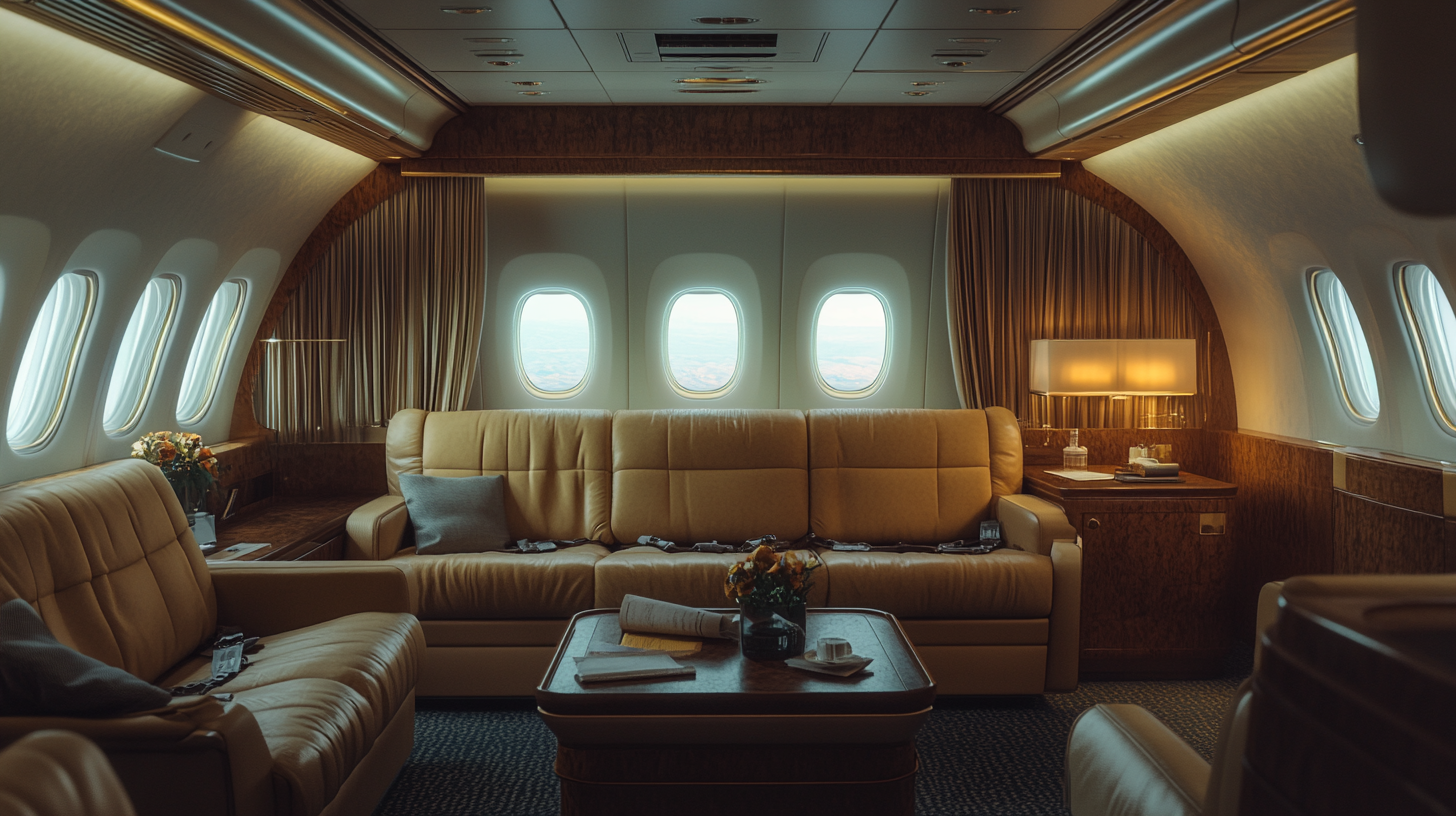
In recent years, airlines are increasingly reducing First Class offerings in favor of expanding Business Class cabins. This trend is driven by several factors, including the higher demand and profitability of Business Class seats. The advancements in Business Class amenities, such as the introduction of lie-flat beds and private pods, have narrowed the gap between the two classes, making Business Class an attractive option for both corporate and leisure travelers.
Moreover, the cost of operating First Class cabins is significantly higher due to the greater space required per passenger and the premium services provided. As airlines aim to maximize revenue per flight, allocating more space to Business Class can be more financially advantageous. Consequently, First Class is becoming rarer in the commercial aviation landscape, adding to its exclusivity and allure.
For travelers seeking the utmost in luxury and willing to invest in a First Class experience, it is important to research specific airlines and routes where First Class is still available. Airlines like Singapore Airlines, Emirates, and Lufthansa continue to offer exceptional First Class cabins on select routes, preserving the tradition of ultra-premium air travel. The future of First Class in commercial aviation
Making the Choice: Business or First?
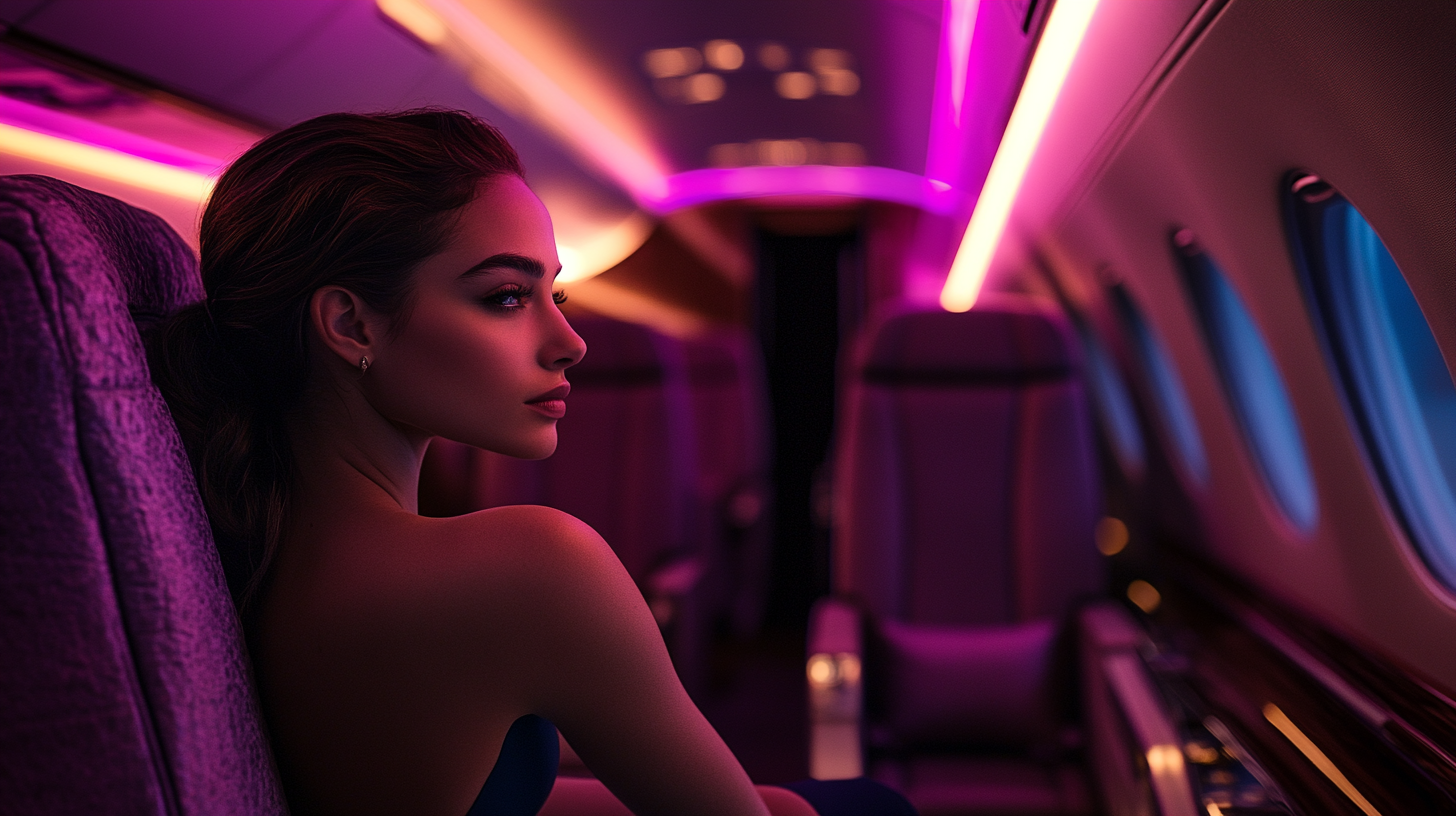
The decision between Business and First Class ultimately depends on individual preferences, budget, travel purpose, and the desired level of luxury and service. For most travelers, Business Class offers a comfortable, efficient, and luxurious experience that significantly enhances long-haul flights. The amenities provided—such as lie-flat beds, quality dining, and lounge access—are more than sufficient to ensure a pleasant journey.
However, for those who place a premium on exclusivity, personalized service, and the highest level of comfort, First Class presents an unmatched experience. It is particularly appealing to travelers celebrating special occasions, seeking privacy for sensitive business discussions, or simply desiring the best that commercial air travel has to offer.
When making the choice, travelers should consider factors such as the length of the flight, the specific amenities offered by the airline on that route, and the price difference between the two classes. Researching and comparing the offerings can help in making an informed decision that balances cost with the desired experience. Factors to consider when choosing between Business and First Class
Final Thoughts
Understanding the distinctions between Business Class and First Class is essential for making informed travel decisions that align with one’s preferences and priorities. Both classes offer elevated experiences far beyond what is found in Economy Class, but the differences in service, amenities, and exclusivity are significant and can greatly influence the overall journey.
By thoroughly considering the factors outlined in this guide—such as service quality, seating comfort, dining experiences, ground services, regional variations, and cost—travelers can select the class that best fits their needs and enhances their travel experience.
As premium air travel continues to evolve, airlines constantly innovate to meet and exceed the expectations of their discerning passengers. Whether opting for the efficiency and comfort of Business Class or indulging in the unparalleled luxury of First Class, travelers can look forward to a superior flying experience that redefines the joy of air travel.
Follow us back to Seat 5A for more insights and updates on premium air travel. The skies hold endless possibilities, and with the right choice, the journey becomes as memorable as the destination itself. The future trends in premium air travel



